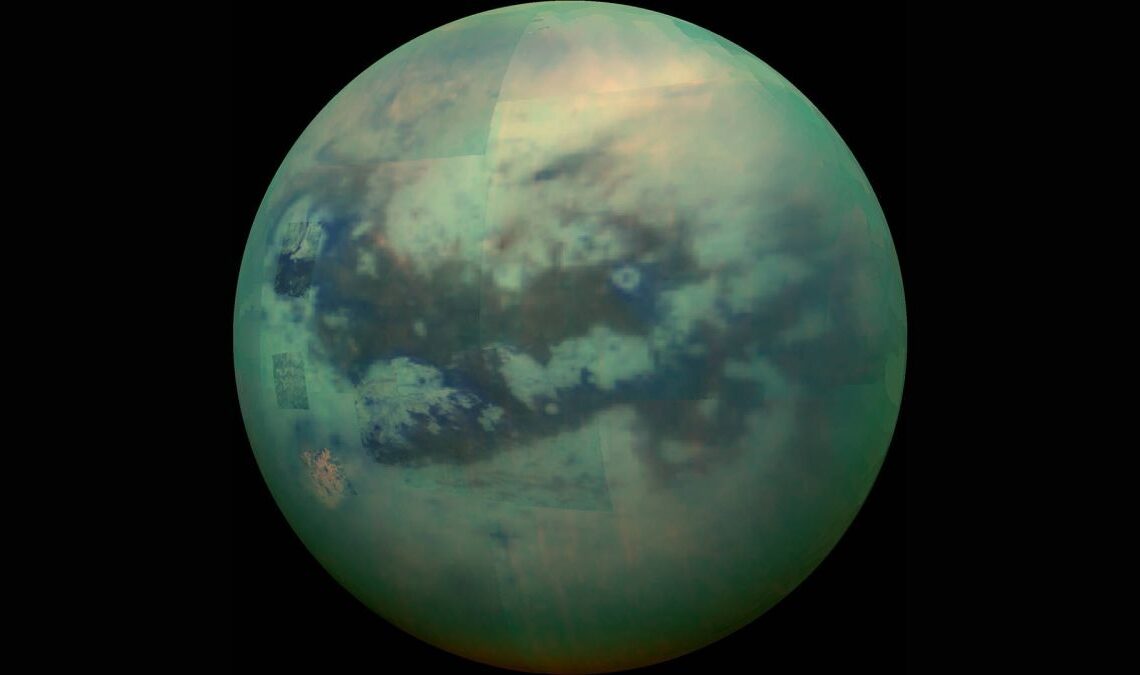New research is shedding light on peculiar winds swirling on Saturn’s largest moon, Titan, whose mysterious weather patterns have puzzled astronomers for decades.
The answers may help to explain how Titan became the only moon in the solar system that still hosts a planet-like atmosphere, researchers say.
Astronomers have long known that seasons on Titan — each of which lasts nearly 7.5 Earth years — affect the moon’s winds. But they haven’t been able to pin down the speeds of those winds; two related studies, done nearly 30 years apart, have led to contradictory findings.
Now, astronomers are revisiting this decades-old mystery with updated telescopes. The paradoxical findings from past research might have resulted from incorrect assumptions about the data or instrument limitations, or it may just be that “there’s something basic that we don’t understand,” Eliot Young, a principal scientist at the Southwest Research Institute in Texas, said in a statement (opens in new tab).
Related: Titan: Facts about Saturn’s largest moon
Titan has a thick, smog-like atmosphere that reaches 370 miles (600 kilometers) into space and is 95% nitrogen with a sprinkle of organic molecules. Winds on the moon encircle it in just a day, repeatedly carrying currents of warm air from lower altitudes to the moon’s poles, as if blowing on what NASA calls a high-speed conveyor belt.
In 1989, astronomers found that Titan’s winds are slowest near its equator and fastest at midlatitudes in both the northern and southern hemispheres. This was revealed thanks to a chance alignment of a star behind Titan that allowed astronomers to study how the star’s dimming light filtered through the moon’s atmosphere, which helped them interpret wind speeds.
In 2016, a different team used ground-based telescopes to study how the light beamed by molecules in the atmosphere changed with shifting wind speeds and directions. The findings from this method revealed the opposite: The winds were fastest near Titan’s equator and slowest at its lower latitudes.
Because there’s a nearly three-decade gap between the two sets of observations, astronomers think different seasons on Titan may have led to the dramatic wind changes between both studies. Also, the 1989 research studied winds circling in the middle layers of the moon’s atmosphere, while the more recent research focused on winds in the upper layers, which also may explain the varying wind speeds, the astronomers said.
“Just like on Earth, the winds on…
Click Here to Read the Full Original Article at Space…

